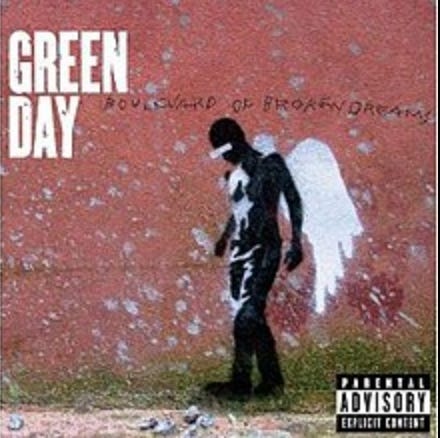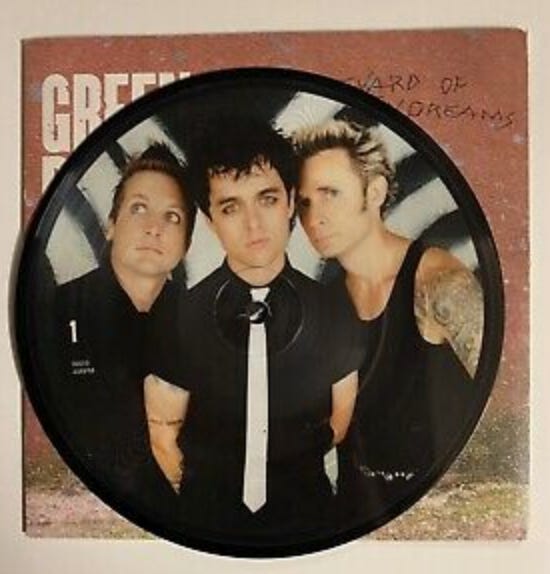March 6th: THIS DAY IN MUSIC SYNC, PUBLISHING & PARTNERSHIP HISTORY
What does music in media history have to do with your next collaboration? More than you think.
2005: Green Day’s “Boulevard of Broken Dreams” Wins Record of the Year
On March 4, 2005, Green Day took home Record of the Year at the 47th Annual Grammy Awards for “Boulevard of Broken Dreams.” As a standout single from the band’s landmark 2004 album American Idiot, the song blended emo-tinged introspection with cinematic production, creating a sound perfectly suited for visual storytelling.
“Boulevard of Broken Dreams” quickly became a go-to sync track for film, television, and marketing campaigns, especially during the mid-2000s boom in angsty teen dramas and indie film soundtracks. The song’s themes of isolation, alienation, and self-searching made it especially popular for scenes capturing personal crises, dramatic breakups, or late-night self-reflection montages.
Licensing & Visual Media Placement Highlights:
Track: “Boulevard of Broken Dreams”
Television:
The O.C. (2005) — used in a pivotal Season 2 promo campaign, aligning the track with the show’s core themes of suburban alienation and heartbreak.
One Tree Hill, Laguna Beach, The Hills — all incorporated the song into their original broadcast or promotional campaigns, tying it directly to MTV’s mid-2000s reality boom and scripted teen drama era.
Film:
Green Street Hooligans (2005) — featured in the film’s marketing campaign, emphasizing the story’s undercurrent of isolation and violence.
Run Fatboy Run (2007) — featured in trailers.
Gaming:
Rock Band (2007) — part of the main downloadable content catalog, driving the song’s cultural relevance into the interactive space.
Green Day: Rock Band (2010) — featured prominently, introducing the track to a new generation of gamers.
Advertising:
Used in network campaigns promoting DVD box sets for The O.C. and One Tree Hill, recognizing the emotional power the song carried for these audiences.
A rare instance where an album cut became a near-anthem for an entire era of network and cable youth programming promotions.
Sync Licensing & Publishing Oversight:
“Boulevard of Broken Dreams” is published by Warner Chappell Music, with Green Day having involvement with their catalog. Warner’s sync licensing team placed the track across multiple media verticals during the mid-2000s, recognizing its cinematic storytelling power.
As of 2025, the band’s catalog remains actively licensed, with Green Day still involved in approving film, TV, and advertising uses—especially for projects related to youth culture, activism, and alternative identity themes.
Streaming Data (as of 2025):
Spotify: Over 1.3 billion streams
YouTube (official video): Over 650 million views
Pandora: Estimated 400 million spins (combining track radio and playlist placements)
Chart Performance & Sales Data:
Peaked at #2 on the Billboard Hot 100
Spent 16 weeks at #1 on the Billboard Modern Rock Tracks chart
Certified Platinum in the U.S., UK, Australia, and several other key territories
Won Record of the Year at the 2005 Grammy Awards
Cited in Rolling Stone’s 500 Greatest Songs of All Time (2021 update)
Why This Matters for Sync & Licensing History:
“Boulevard of Broken Dreams” serves as an example of how a song’s emotional and cinematic qualities can drive long-term sync success. Its universal themes of alienation and self-reflection made it endlessly adaptable for visual storytelling, particularly in the golden age of 2000s teen drama television.
Even today, it remains a cultural touchstone — re-emerging in sync pitches whenever a project calls for a moody, introspective anthem with mainstream appeal. Its licensing life also illustrates how a hit song can transition seamlessly into gaming, advertising, and long-tail TV placements, reinforcing the crossover power of rock ballads with strong visual narratives.
American Music + Media — Where Music Meets the Screen
@americanmusicmedia
Disclaimer: The information provided in this post is based on publicly available sources and internet research. While we strive for accuracy, some streaming numbers, chart positions, and licensing placements may vary or be incomplete. This content is intended to give a general overview of each project’s historical impact and licensing footprint to date.




